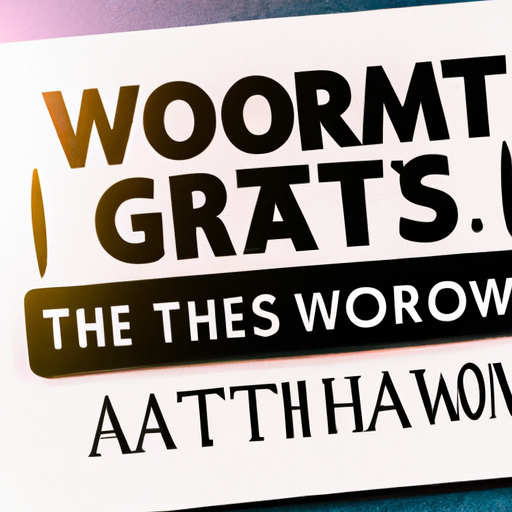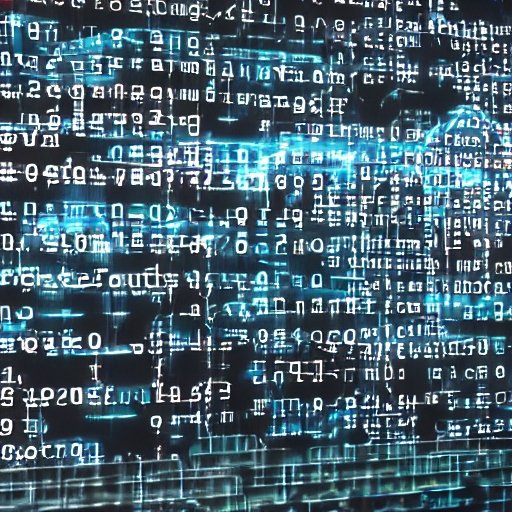The WormGPT Phenomenon
WormGPT burst into the cyber scene as a response to the ethical limitations imposed by major AI language models like ChatGPT. Advertised on platforms like HackForums, WormGPT promised an avenue for unrestricted and malicious activities, filling a gap that blackhat enthusiasts craved. The controversial nature of WormGPT, coupled with its capability, means businesses need to understand this tool and the broader implications of similar technologies.
The Threat Landscape
- BEC Attacks: A case in point, when an AI-based security firm sought WormGPT’s assistance in creating a “business email compromise” (BEC) phishing lure, the results were, unsurprisingly, potent.
- Malware Creation: WormGPT’s originator, “Last”, asserts that the tool can easily produce malware that bypasses major antivirus systems.
- The Cybercrime Marketplace: With malware and hacking services licenses going for hundreds to thousands of Euros, there’s no doubt of its perceived value in the darker corners of the web.
Cybersecurity Architecture Attributes to Consider
Based on protecting against malware and threat that can be created by WormGPT, several SABSA attributes are particularly relevant:
- Confidentiality: This attribute focuses on ensuring that information is only accessible to those who are authorized. With WormGPT’s potential to create phishing lures and malware, the confidentiality of business and personal data becomes at risk.
- Integrity: Integrity assures that information remains correct and unaltered. Malware or BEC attacks might manipulate data, thereby compromising its integrity.
- Availability: The attribute aims to ensure that systems and data are available when needed. Ransomware, which WormGPT users might develop, can disrupt the availability of systems.
- Accountability: Ensuring actions can be attributed to an entity. In the realm of WormGPT, tracing back malicious actions to their originators (e.g., WormGPT licensees) becomes critical.
- Auditability: Given the evolving nature of threats, having the ability to audit and review actions becomes crucial. With tools like WormGPT on the rise, being able to trace and review potential threats or breaches is essential for organizations.
- Authentication & Authorization: These attributes focus on ensuring only validated entities can access systems and that they can only perform authorized actions. The potential for WormGPT to assist in unauthorized breaches emphasizes the importance of these attributes.
- Non-repudiation: Ensuring an action cannot be denied by its originator. Given the cybercrime context, ensuring actions can’t be denied, especially when WormGPT is used for malicious purposes, is important.
- Utility: It refers to the usefulness of a service. In the changing face of WormGPT, as it claims to transition to a “whitehat” tool, ensuring that it provides value while minimizing harm is essential.
- Custodianship: Responsibility for the stewardship of assets. The evolution of WormGPT from blackhat to whitehat indicates a shift in how Rafael Morais perceives his role as a custodian of the tool.
NIST CSF Cybersecurity Controls to Consider
Given the threats posed by WormGPT and similar tools, there are several controls within the NIST CSF framework that companies should consider:
1. Identify
- Asset Management (ID.AM): Understand the business environment, resources, and related cybersecurity risks. Knowing what you have is the first step toward protecting it.
- Risk Assessment (ID.RA): Periodically evaluate the risks posed by new technologies and tools such as WormGPT. This provides a baseline for understanding the threat landscape.
2. Protect
- Access Control (PR.AC): Restrict access to critical assets and data. Given WormGPT’s capabilities to craft sophisticated phishing lures, ensuring that only authorized individuals have access to systems and data is essential.
- Data Security (PR.DS): Implement policies and procedures to ensure the confidentiality and integrity of data, especially given the risk of BEC attacks and other malware.
- Awareness and Training (PR.AT): Regularly educate employees about current cyber threats, including the risks associated with sophisticated AI-generated phishing emails and the importance of being vigilant.
- Maintenance (PR.MA): Regularly update and patch systems, ensuring they are shielded from known vulnerabilities that malware generated by tools like WormGPT might exploit.
3. Detect
- Anomalies and Events (DE.AE): Detect abnormal activity in systems. With the potential for AI-assisted attacks to be more tailored and less detectable, having robust detection systems becomes even more crucial.
- Continuous Monitoring (DE.CM): Monitor networks and systems continuously for signs of compromise, especially those that might originate from sophisticated AI-generated threats.
4. Respond
- Response Planning (RS.RP): Have a clear plan on how to respond when a breach occurs. Given the potential for more advanced threats, a well-defined incident response plan is crucial.
- Communications (RS.CO): Maintain robust communication protocols to inform relevant stakeholders in the event of a breach or potential breach.
- Mitigation (RS.MI): Ensure that strategies are in place to limit the harm caused by a security incident, especially ones that may be difficult to detect due to their AI-driven nature.
5. Recover
- Recovery Planning (RC.RP): Develop and implement plans to restore systems affected by cybersecurity incidents. Given WormGPT’s potential for aiding in crafting advanced malware, having a comprehensive recovery plan becomes paramount.
- Improvements (RC.IM): Continuously improve recovery and response capabilities by incorporating lessons learned from past incidents.
Why these controls are essential:
The capabilities of AI-powered tools like WormGPT represent a shift in the threat landscape. Traditional attack vectors can now be enhanced and made more effective using AI, increasing the likelihood of successful cyber-attacks. Therefore, it’s crucial to ensure that companies not only identify and protect against these threats but also detect, respond, and recover from them effectively. The controls within the NIST CSF provide a structured approach to managing these risks, ensuring that organizations can maintain their security posture in the face of evolving threats.
Transition to “Whitehat”
Interestingly, WormGPT’s journey is now taking a turn. Faced with the real-world implications of his creation, “Last”, who’s been identified as Rafael Morais, is reimagining WormGPT as a positive force in the cybersecurity community. Morais emphasizes that WormGPT is now pivoting towards a more controlled environment, blocking discussions on dark topics like ransomware, drug trafficking, and others.
Conclusion
The tale of WormGPT underscores the incredible power and potential danger of AI in the cybersecurity realm. It’s a poignant reminder for businesses of the need to adapt and evolve their defenses against ever-changing threats. Embracing ethical uses of AI can foster innovation, but it’s crucial to remain vigilant against its darker applications.


